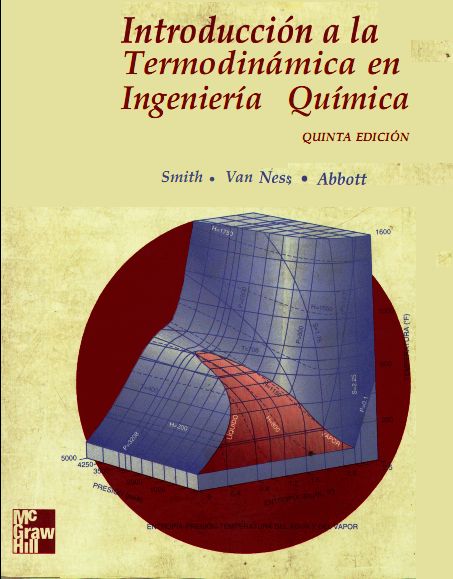Quimica Aplicada A La Ingenieria Pdf
Posted : admin On 31.01.2020
Comments by first-time contributors will be reviewed prior to appearing on the site. This review is done by humans and not always immediately. You may be laudatory or critical, but please stay on topic and be respectful of the author and your fellow readers. We reserve the right to remove any comments that are profane, obscene, abusive, or otherwise inappropriate. Email addresses are required so that we can verify you are not a robot overlord and in case we need to contact you about your comment privately. They will not appear on the site.Required to comment.

This work describes a method for fabrication of extensive ordered arrays of microelectrodes with varied geometries, surrounded either by an insulating surface of poly(methyl methacrylate) (PMMA) or by a conductive material such as gold or glassy carbon (GC). The method is based on procedures from electron beam lithography (EBL) but, in contrast to classic EBL, it can be applied by using widely available conventional SEM instruments that are not specifically tailored for EBL operation. The electron gun of the SEM is used to irradiate and modify a PMMA film that is covered by a micro‐ or nano‐structured mask (i.e., a TEM grid), which is further selectively revealed. Each array can be evaluated in two configurations, when it is surrounded by the PMMA film, and when it is in contact with the exposed support after PMMA removal. The first configuration is useful to evaluate the electrochemical behavior of pure microelectrode arrays for correlating it with model equations.
The second configuration is particularly useful when the substrate material by itself is inactive for the studied reaction. In the latter case, any detected differences between the electrochemical behavior of the PMMA‐coated array and that of the bi‐component array should come from the contributions of the microelectrode boundaries. These arrays were employed for studying the hydrogen oxidation reaction in alkaline medium on Au/Rh and on GC/Rh in order to detect possible kinetic interactions of both components at the heterojunctions. As a service to our authors and readers, this journal provides supporting information supplied by the authors.
Libros De Ingenieria Quimica

Such materials are peer reviewed and may be re‐organized for online delivery, but are not copy‐edited or typeset. Technical support issues arising from supporting information (other than missing files) should be addressed to the authors. Filename Description 2.1 MB Supplementary Please note: The publisher is not responsible for the content or functionality of any supporting information supplied by the authors.
Revista Mexicana De Ingenieria Quimica
Any queries (other than missing content) should be directed to the corresponding author for the article.